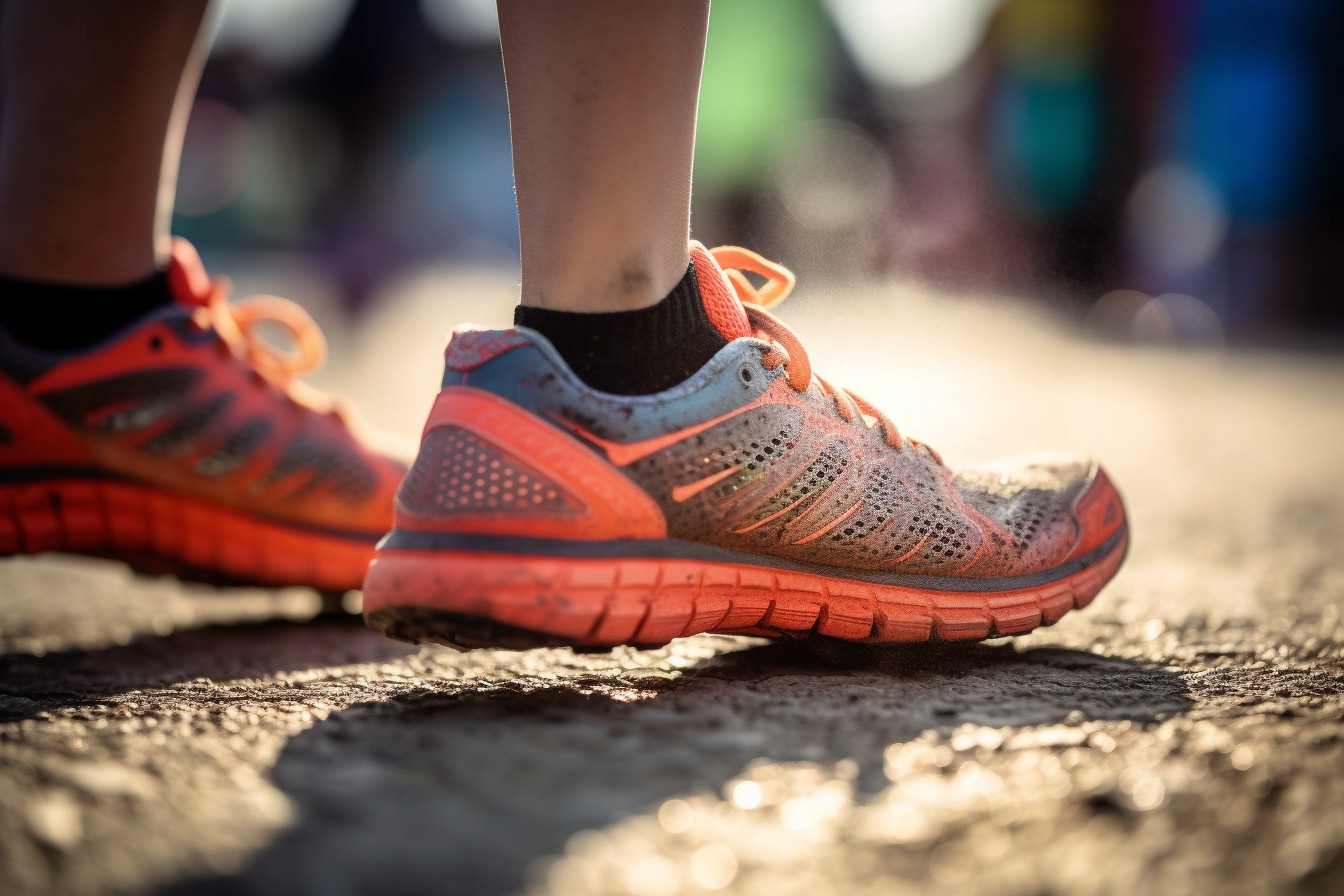Introduction It is believed that shoe cushioning protects runners from repetitive stress on the musculoskeletal system and, consequently, from running injuries. It is commonly thought that heavier runners should use shoes with enhanced cushioning properties to prevent running injuries. Surprisingly, no study to date has demonstrated a positive effect of increased shoe cushioning properties on the risk of injuries. Furthermore, the fundamental mechanisms that could explain the potential protective effect of greater cushioning remain unknown.
Study Objectives
The main objective of the study published in the journal Footwear Science was to examine whether running in soft or firm cushioned shoes affects the risk of injuries in amateur runners and whether this relationship depends on the runner’s body mass.
The second objective was to compare the properties of soft and firm shoes in an attempt to find a functional explanation for any protective effect of cushioning.
Methodology
The study involved biomechanical running analysis at the baseline and a 6-month observation period regarding the risk of injuries. Healthy amateur runners (n = 848) were randomly assigned to one of two prototypes of shoes that differed only in their cushioning properties.
Shoe Characteristics
The overall shoe stiffness was 61 ± 3 N/mm in the soft version and 95 ± 6 N/mm in the firm version.
Data Collection
All participants were tested in the assigned pair of shoes on a treadmill, where ground reaction forces (GRF) were recorded. Training and injury data were collected over 6 months.
Definition of Running-Related Injury
Running-related injury was defined as any musculoskeletal pain in the lower limbs related to running that caused a restriction or pause in running for at least 7 days.
Results
Among all participants, 128 runners (15%) had at least one episode of running-related injury during the observation period. The overall injury rate was 5.7 running injuries per 1000 hours of running. Runners who wore soft shoes had a lower risk of developing injuries. Additionally, lighter runners benefited from soft shoes, while heavier runners did not.
Biomechanical Analysis
The average running speed during the trial was 9.9 ± 1.5 km/h. One participant had an average of 325 ± 19 steps analyzed. Higher peak vertical impact force (VIPF) was observed in the soft shoe group compared to the firm shoe group (1.53 ± 0.21 vs. 1.44 ± 0.23 times body mass, respectively). However, the percentage of steps with detectable VIPF was lower in the soft shoe group (84 vs. 97%, respectively), and the time to develop VIPF was longer (47 ± 9 vs. 43 ± 7 ms, respectively). No significant differences in any other biomechanical parameters were observed between the two groups.
Discussion
The overall injury risk was lower in runners who received shoes with higher cushioning properties. Contrary to common belief, only lighter runners benefited more from high cushioning.
Overall, the results indicate that the positive effect of greater cushioning cannot be explained by a reduction in peak vertical impact force or vertical loading rate. Taken alone, these foot reaction force indicators upon contact with the surface are likely not suitable markers to illustrate the relationship between shoe cushioning and the risk of injuries. Meanwhile, the delayed onset of peak force during running and the percentage of steps taken with peak force may be important factors.
These headers should help provide a clearer structure to the text, making it easier to understand and navigate.

